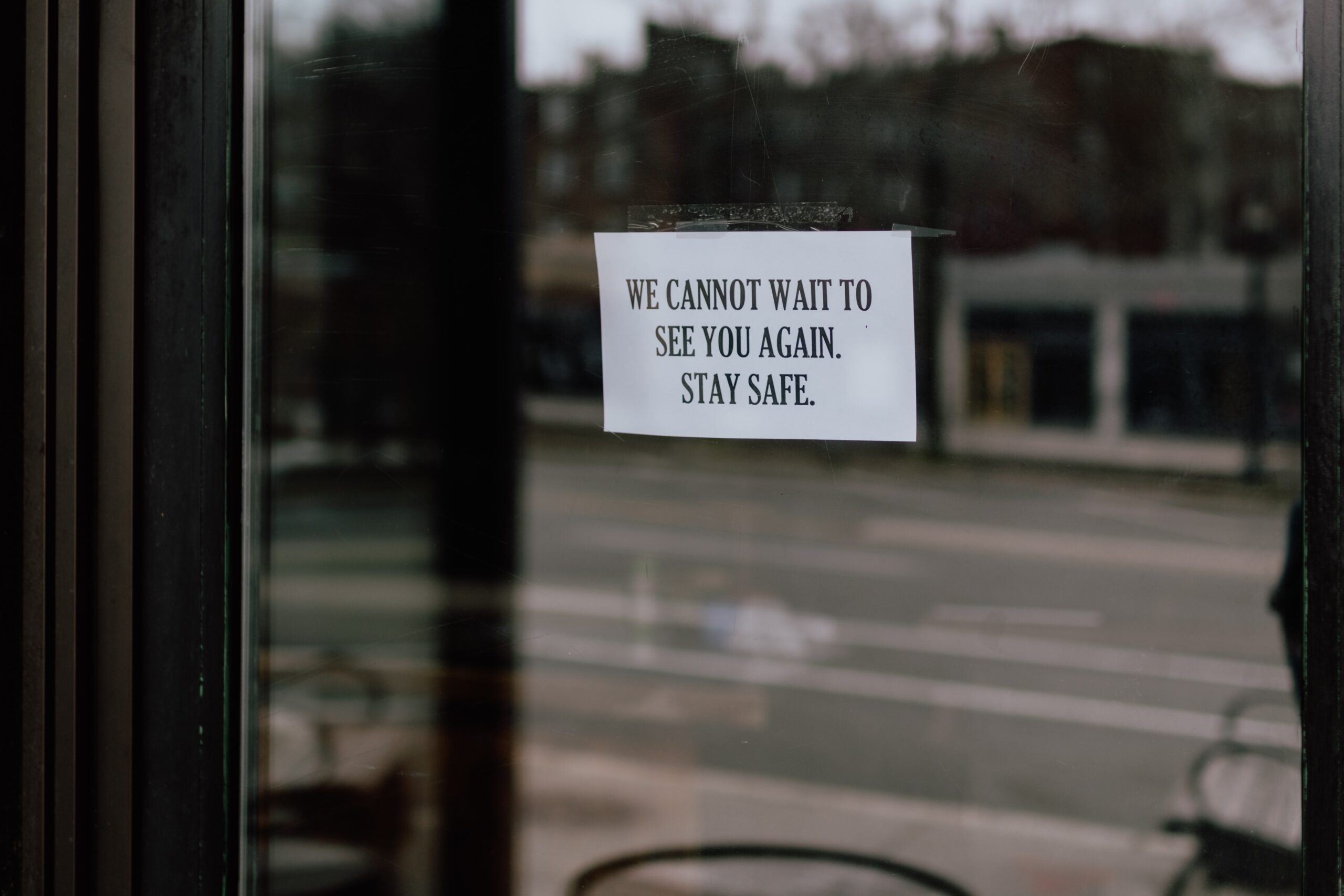The answer to how COVID-19 spreads is a big one. At the University of Bologna in Italy, an area of Europe that has been hit the hardest in, scientists have discovered that Coronavirus can be detected on air pollution particles.
Previous studies on the SARS virus, the same family of viruses that COVID-19 is part of, were conducted in Amoy Gardens in Hong Kong – a large community with a severe outbreak in 2003.
Epidemiologic analyses, experimental studies, and airflow simulations supported the probability of a SARS airborne spread during this outbreak in Amoy Gardens. Virus-laden aerosols, generated in the vertical soil stack of a building unit, returned to bathrooms via the dried-up seals of the floor-drain traps. They entered the air shaft, likely by means of suction created by an exhaust fan.
The aerosols moved upward (thanks to the buoyancy of the warm, humid air within the air shaft), and gained entry to apartment units that bordered the air shaft on the upper floors due to the downward pressure created by the exhaust fans or the direction of wind flows around the building. This horizontal infection spread to other units in the building through air movement between apartment units. After the plume reached the top of the air shaft in the building, the virus spread to similar units at certain heights in other buildings via a northeasterly wind.
Professor Jonathan Reid at Bristol University in the UK is researching airborne Coronavirus transmission. “It is perhaps not surprising that while suspended in air, the small droplets could combine with background urban particles and be carried around.”
Reid indicated the virus had been detected in tiny droplets collected indoors in China.
Other work confirms this. A study out of the Harvard TH Chan School of Public Health in Boston shows that even a tiny, single-unit increase in particle pollution levels (in the years before a pandemic) is associated with a 15% increase in the death rate. The research, undertaken in the US, calculates that slightly cleaner air in Manhattan could have saved hundreds of lives.
This information is revealing and can help us prepare by encouraging populations with high pollution exposure to take extra precautions and allocate the necessary resources to reduce the risk of major health problems as a result of Covid-19. It is likely that Covid-19 will be a part of our lives for quite some time, despite our hope for a vaccine or treatment. In light of this, we should consider additional measures to protect ourselves from pollution exposure thereby reducing the Covid-19 death toll.
At Geme.io this is where we can help. With our first on-body (wearable), low-cost air pollution sensor (Oo) that captures real-time air pollution data at a granular, street-by-street level, we have air pollution data “visualized” on the app’s map. We know air pollution exists. Now we can see it.
At Geme.io we are attentive to every piece of news on both pollution and COVID-19, and have reached out to investors to help us to scale our programming. One of our more promising initiatives is a partnership with public libraries where Oo sensors are loaned to patrons who in turn traverse the city with them pinned on to their clothes. Pollution data, no matter where the person walks, is uploaded to the app and harmful levels are flagged and publicized on the virtual map.
Many investors right now are understandably preoccupied with COVID-19. Investments will be made, and while some start-ups won’t get much traction, the ones that do will make everlasting contributions to society and the world at large.
At Geme.io we have taken our technology one step further to flattening the curve and minimizing the subsequent economic crisis. We have applied for an EU Innovation prize and are in talks with various actors.
One thing is a given – long-term exposure to dirty air damages lung health, and that makes people more vulnerable to Covid-19. To battle this we need innovation, and sensors, data and apps can play a significant role in the fight.


Recent Comments